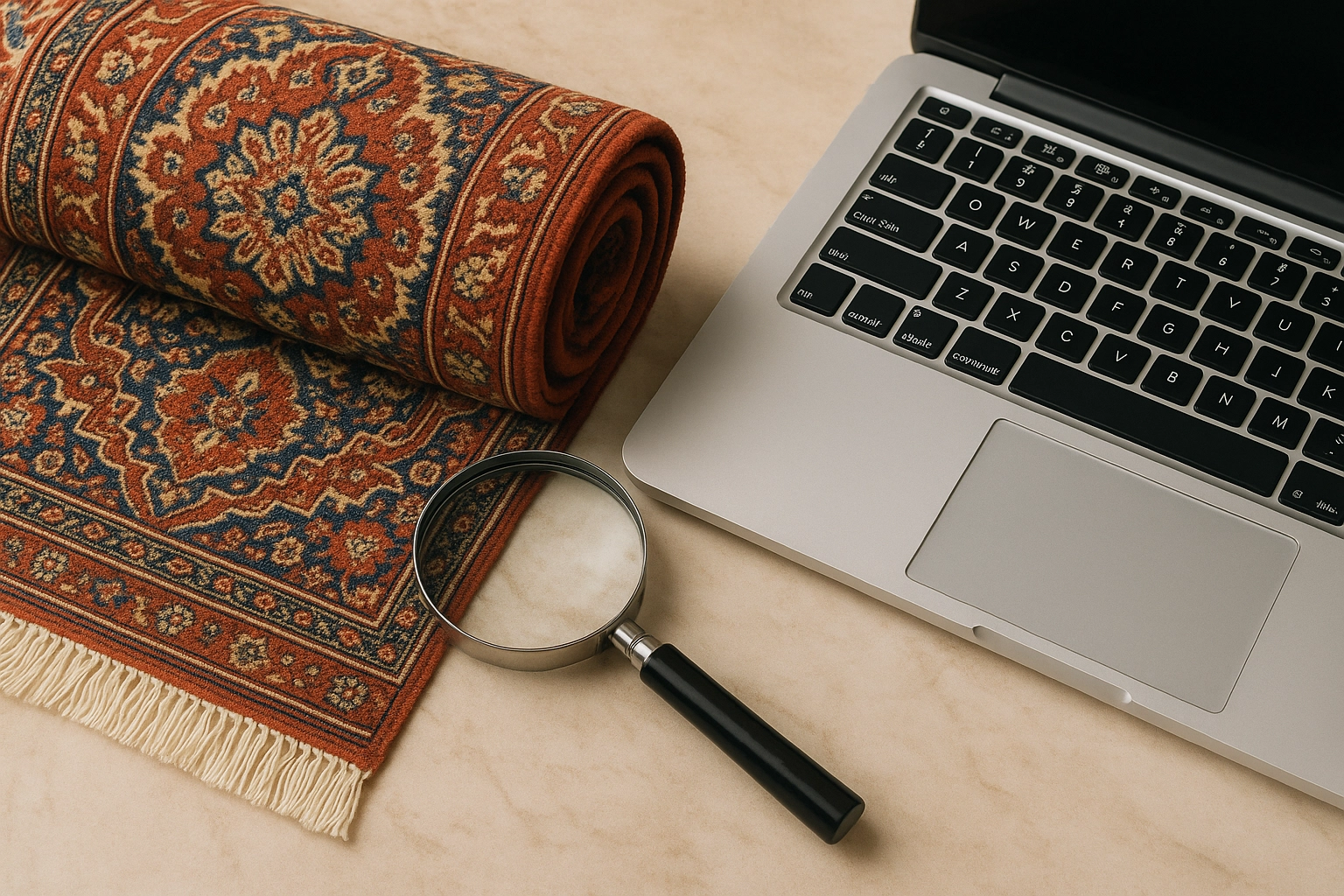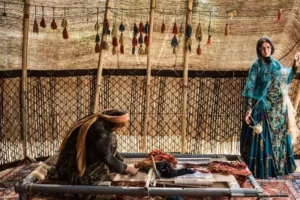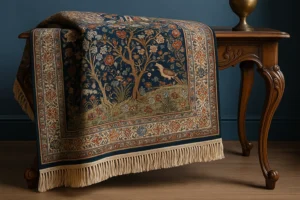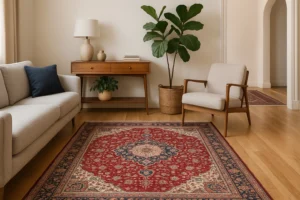Introduction
Persian rugs are more than just floor coverings—they are woven pieces of history, culture, and craftsmanship. Known for their intricate patterns, rich colors, and exceptional quality, authentic Persian rugs have adorned royal palaces, art galleries, and elegant homes for centuries. But buying an authentic Persian rug online can be intimidating, especially with the rise of mass-produced imitations. This comprehensive guide will help you navigate the process and ensure you invest in a genuine masterpiece.
What Makes a Persian Rug Authentic?
1. Hand-Knotted Construction
Authentic Persian rugs are meticulously hand-knotted using traditional techniques passed down through generations. Each rug may contain hundreds of thousands—even millions—of knots.
2. Origin
True Persian rugs are made in Iran, with cities like Qom, Tabriz, Isfahan, Kashan, and Kerman being the most notable centers of rug production.
3. Natural Materials
Authentic rugs use natural materials like wool, silk, and cotton. The dyes are often plant-based, giving them rich, lasting colors.
4. Unique Designs and Patterns
Every region in Iran has its own signature patterns, often inspired by local culture, nature, and spiritual themes. The patterns are asymmetrical and not perfectly mirrored, showing the human touch.
Why Buy a Persian Rug Online?
- Greater Variety: Online stores offer access to inventory from different regions and weavers.
- Better Prices: You can avoid middlemen and get competitive pricing.
- Convenience: Browse, compare, and order from the comfort of your home.
Common Challenges When Buying Online
- Risk of counterfeit or machine-made rugs
- Inability to feel texture or see the rug in natural light
- Misleading product descriptions or photos
How to Identify a Genuine Persian Rug Online
1. Look for Product Origin
Reputable sellers will clearly state the rug’s origin—look for labels like “Handmade in Qom, Iran.”
2. Examine Close-Up Photos
High-quality listings will include detailed images of the front, back, and fringe. You should be able to see the hand-knotting and imperfections.
3. Ask for Knot Density (RAJ)
A real Persian rug will have high knot density, often between 40–90 RAJ (knots per 7 cm).
4. Ask About Materials
Ensure the rug is made from 100% wool, silk, or a combination—not synthetic blends.
5. Check for Certification
Some authentic rugs come with a certificate of authenticity or provenance.
Questions to Ask the Seller
- Where was this rug made?
- Is it hand-knotted or machine-made?
- What are the materials?
- What is the knot density?
- Is there a return policy?
Best Types of Persian Rugs to Buy Online
Qom Silk Rugs
Known for fine weave and high knot density. Ideal for collectors and luxury interiors.
Tabriz Rugs
Highly detailed and artistic with a wide variety of patterns. Often made with a wool-silk blend.
Kashan Rugs
Classic medallion designs, rich reds and blues, and sturdy structure.
Isfahan Rugs
Elegant floral designs and extremely fine knotting, often used as wall art.
Kerman Rugs
More affordable, floral-heavy designs, and very durable.
Where to Buy Authentic Persian Rugs Online
1. Specialist Retailers
Websites that specialize only in Persian and Oriental rugs tend to offer better quality and authenticity guarantees.
2. Direct-from-Iran Sellers
Platforms like Pasha Carpet offer direct-from-weaver rugs crafted in Qom with transparency and global shipping.
3. Marketplaces (with caution)
Platforms like Etsy or 1stdibs may have genuine items, but buyer vigilance is essential.
How to Care for Your Persian Rug
- Rotate regularly to prevent fading
- Vacuum gently without beater bar
- Avoid direct sunlight for long periods
- Professional cleaning every 2–3 years
- Use a rug pad to prevent slipping and extend life
Why Pasha Carpet Is a Trusted Source
At Pasha Carpet, we work directly with master weavers in Qom, offering 100% hand-knotted silk rugs with certificates of authenticity. Every rug is quality-inspected, professionally photographed, and shipped worldwide with care.
Conclusion
Buying an authentic Persian rug online doesn’t have to be overwhelming. By understanding what makes these rugs special and how to spot genuine quality, you can make a confident and informed investment. Let your next rug not just decorate your home—but tell a story.
Ready to own a piece of history?



